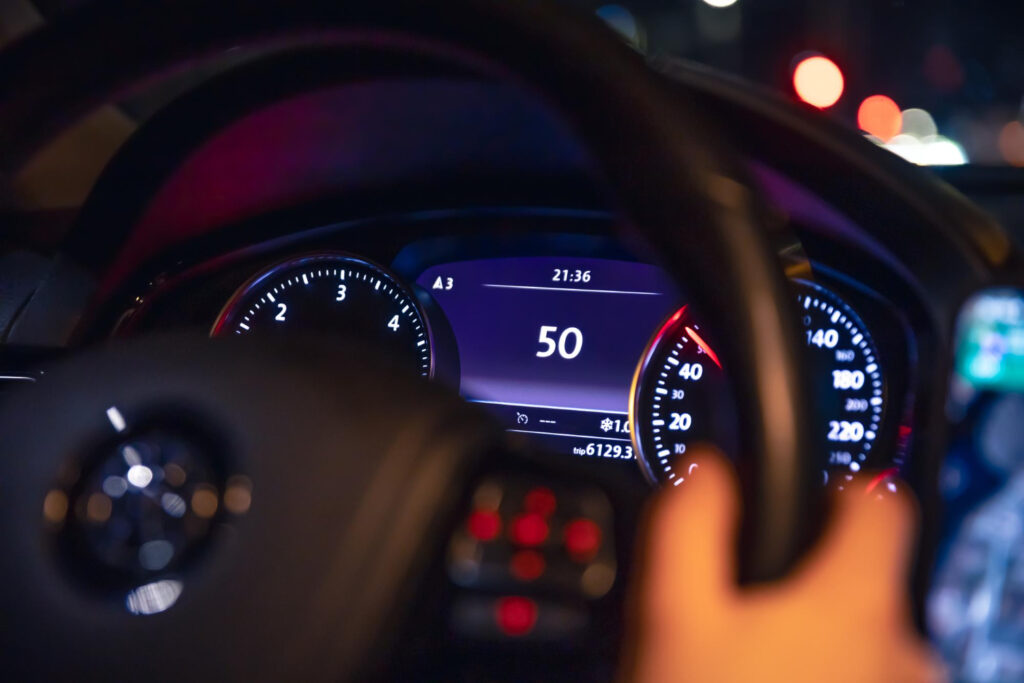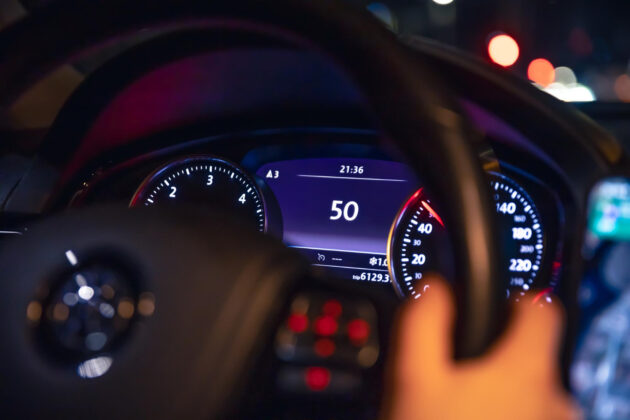
California drivers often wonder about the specifics of vehicle code 22349(a). Yes, California Vehicle Code 22349(a) is an absolute speed limit, meaning it sets a strict maximum speed of 65 mph on highways unless otherwise posted. Drivers exceeding this limit can face fines and penalties. For instance, driving 1-15 mph over the limit can cost $238, while speeding 16-25 mph over may result in a $367 ticket.
Understanding the seriousness of this violation is necessary. On two-lane, undivided highways, the speed limit drops to 55 mph unless a higher one is posted. This is particularly important for drivers who frequently travel through less urban areas. If you’re cited under vehicle code 22349(a), experts recommend seeking help to address the violation, as it can impact one’s driving record and insurance rates.
While many might find themselves in a tough spot with a speeding ticket, resources are available to help. Experts at Ticket Snipers can assist in navigating the complexities of speeding violations. Understanding and adhering to vehicle code 22349(a) can save drivers time, money, and potential legal trouble.
Table of Contents
Overview of California Vehicle Code 22349(a) VC
California Vehicle Code 22349(a) VC specifies the maximum speed limits on highways and certain two-lane roads. Understanding how this law applies can help drivers avoid infractions and potential penalties.
Definition of Absolute Speed Limit
An absolute speed limit is a fixed limit that, if exceeded, constitutes a violation. In the case of California Vehicle Code 22349(a) VC, driving over 65 miles per hour on a highway is illegal unless otherwise posted. Unlike other types of speed limits that may be subject to conditions like weather or traffic, the absolute limit is straightforward.
For instance, Section 22349(a) VC clearly states that driving above 65 mph on a highway is a violation. This law ensures consistency and clarity for drivers, making it easier to know when they are in compliance. Violations can lead to fines and points on one’s driving record.
Applicability of 22349(a) VC
The applicability of Section 22349(a) VC extends beyond just highways. It also affects two-lane, undivided highways where the default maximum speed is 55 miles per hour unless otherwise posted. This specific aspect ensures safety on roads that may not support higher speeds due to design or traffic patterns.
For example, a driver on a two-lane road should not exceed 55 mph unless a higher limit is indicated. This provision intends to manage speeds on smaller or more hazardous roads where high speeds could be particularly dangerous. Enforcement is strict, and officers may issue tickets to ensure compliance.
For further details, refer to the California Vehicle Code 22349(a) VC.
Enforcement and Consequences
Enforcement of California Vehicle Code 22349(a) VC involves penalties for speeding and the role of law enforcement in monitoring drivers. Additionally, exceeding speed limits impacts a driver’s record significantly.
Penalties for Exceeding Speed Limits
Violating California Vehicle Code 22349(a) results in fines and points on the driver’s license. Speeding over 65 mph can lead to fines ranging from $35 to $500, depending on how much over the limit the driver was going.
- Base Fine:
- 1-15 mph over: $35
- 16-25 mph over: $70
- 26+ mph over: $100
Additional fees and surcharges can increase the overall cost significantly. Points added to the driver’s record can lead to higher insurance premiums and possibly license suspension for repeat offenders.
Role of Law Enforcement
Law enforcement officers use radar and other speed detection methods to enforce the speed limit set by Vehicle Code 22349(a). They are authorized to pull over drivers who exceed the speed limit and issue citations.
Officers must consider the conditions of the road and traffic. They are trained to determine if the speed was unsafe, even if it was slightly above the limit. This subjective assessment helps decide if a violation has occurred.
Impact on Driving Record
Exceeding the speed limit under California Vehicle Code 22349(a) generally results in one to two points added to the driver’s record. Accumulating too many points can lead to the suspension or revocation of the driver’s license.
Points stay on the record for several years and can affect car insurance rates. Insurers view drivers with points as high-risk, often resulting in increased premiums. Thus, multiple speeding violations can have long-lasting financial consequences beyond just the fines.
Conclusion
California Vehicle Code 22349(a) VC sets clear speed limits for drivers. This law places a maximum limit of 65 miles per hour on most highways. It’s important to note that some highways may have different posted speed limits.
Drivers must follow the posted speed limits to avoid penalties. Strict enforcement of these laws helps maintain order on California’s highways, thus ensuring safer roads for everyone.
